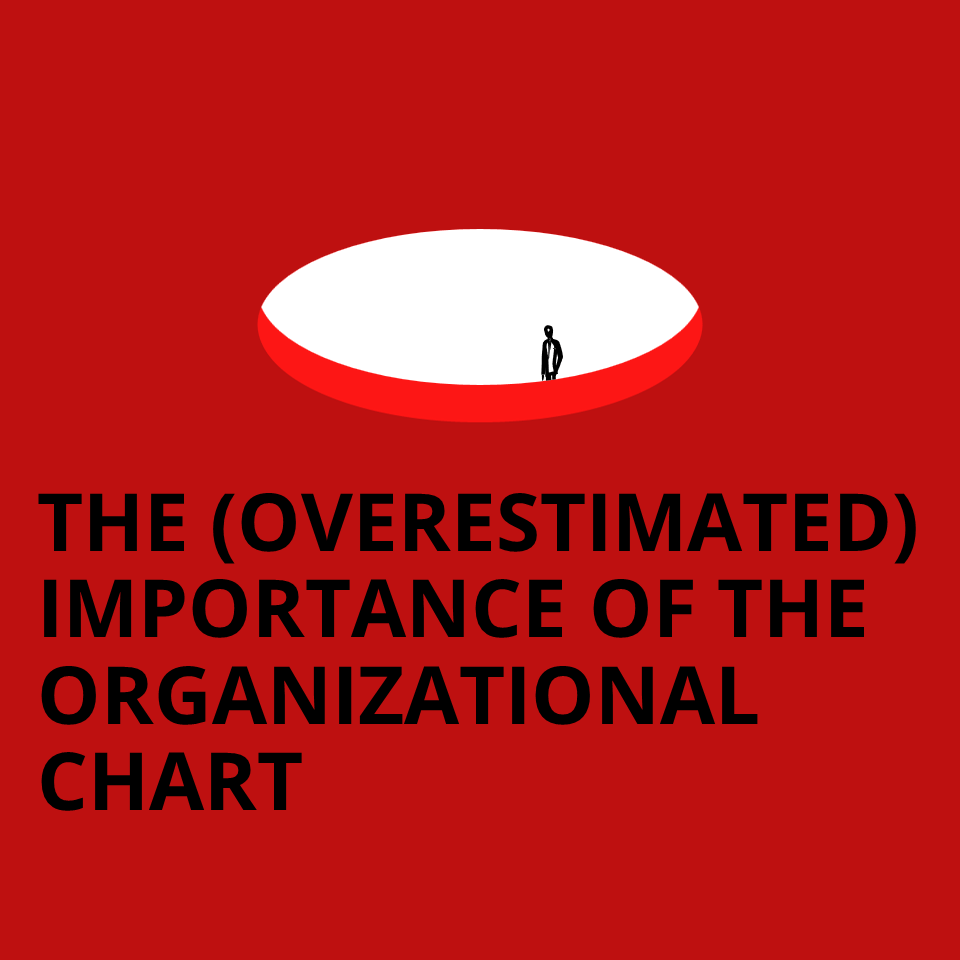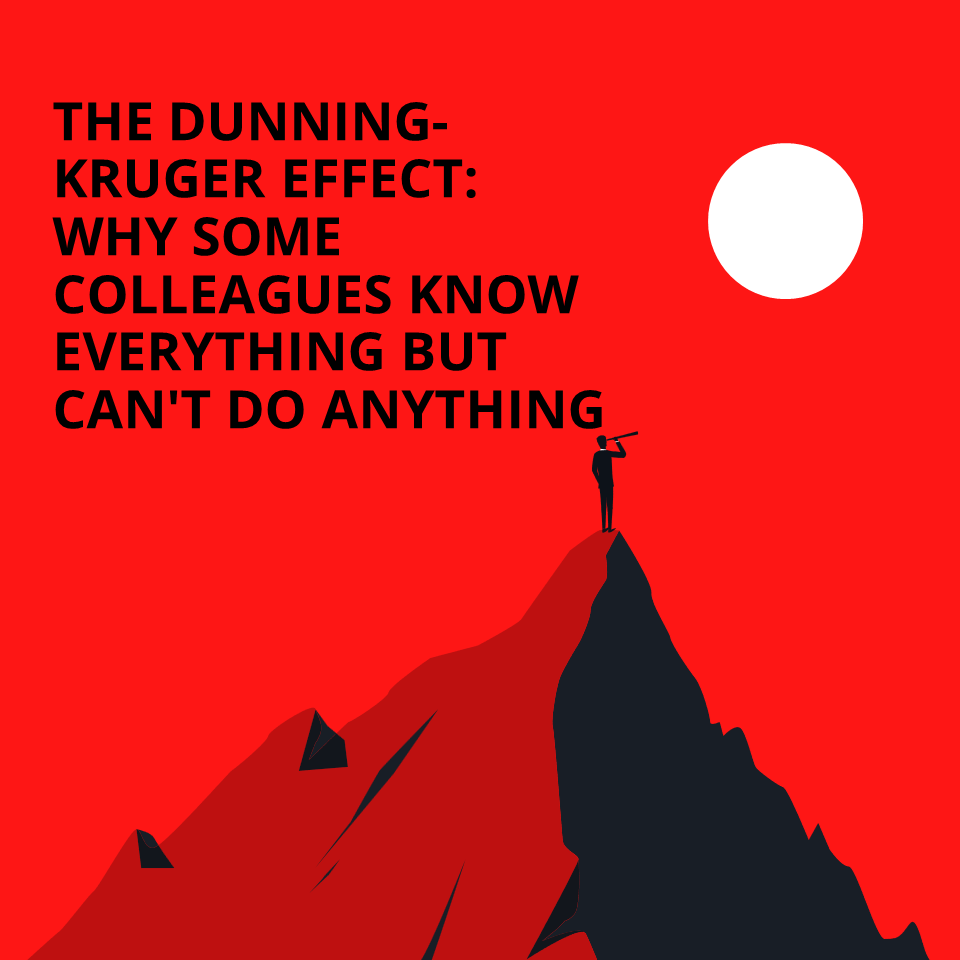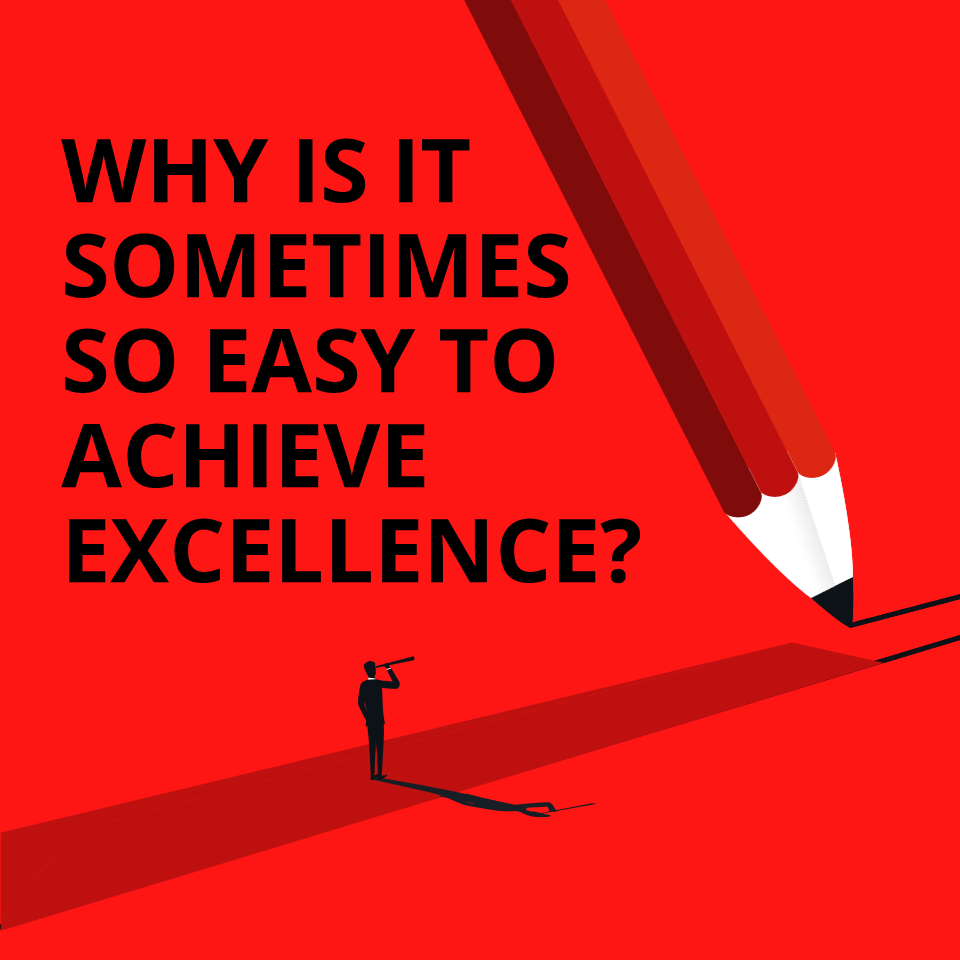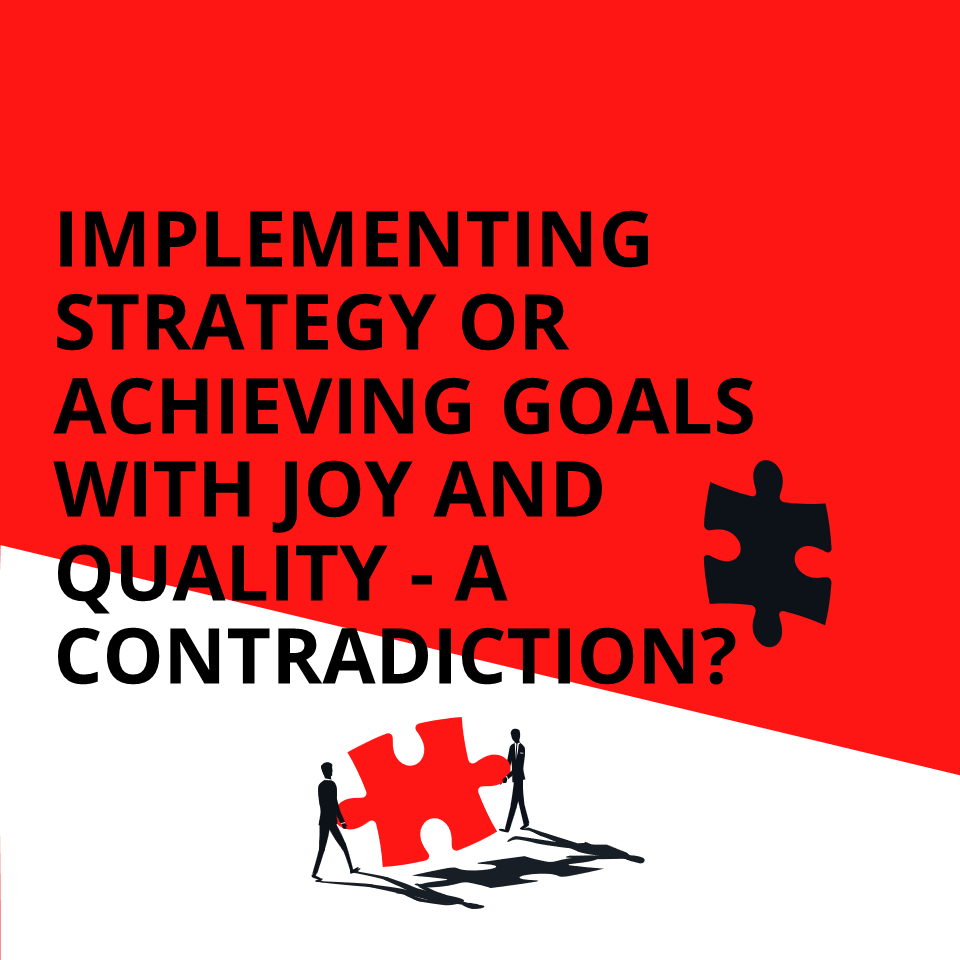Are things not running smoothly in your organization (once again)? Inefficiency and waste hinder performance, “cross-functional working” is often described as a problem and decisions are not made at all or much too slowly? High time to adapt the organization. Let’s start with the organizational chart. This or similar is how reorganization projects start in many companies. Undoubtedly, the organization chart is an important, but from our experience a far overestimated tool to represent organizations.

What the organization chart can and cannot do
Organizational charts represent the formal and hierarchical management relationships in the company. They show who is responsible at the end of the day for what happens in an area / department / team. And they provide information about who has disciplinary management responsibility and, for example, conducts employee appraisals.
However, organizational charts cannot reflect the fact that responsibility is often shared in day-to-day working life, that collaboration has long since ceased to take place exclusively along the lines of divisions and departments, that suppliers and customers play a role in one’s own organization, that there is a distinction between value-creating and supporting activities, and that most employees have long since ceased to have just one boss.
Organizational charts are rigid and many organizations slow themselves down in their agility by trying to map every functional change in the organizational chart and in the HR systems behind it. More helpful are models that allow functional changes in the organization without (or only with minor) adjustments in the organization chart. The assignment of an employee in the organization chart continues to form the “home port”. From there, almost any number of roles in the system with associated tasks, decision-making authority, and responsibilities can then be assumed. This “home port” is important for people because it serves the need to belong to a team and topic.
The model we have been working with for years, and which provides exactly this form of thinking and representation for us, is Stafford Beer’s Viable System Model (VSM), which we will explain in more detail below.
What must organization actually achieve?
“Structure follows strategy” is probably one of the most famous sentences of the management thinker Alfred Chandler. It gives us crucial clues for our understanding of how organizations function. The most important insight: There is no one right organization, there is only one more or less well suited to achieve strategic goals.
Since in today’s dynamic and complex environments strategies have to be adapted in much shorter cycles than a few years ago, this creates an enormous challenge for organizational development: the days when organizations were designed “on the drawing board” and then stably implemented in the company for a few years are long gone.
Today, it has become much more important to enable people in organizations to continually reorganize themselves so that they can more easily achieve changing strategic goals and so that the organization does not stand in their way. To do this, it is also necessary to be able to repeatedly engage in new collaboration constellations without moving “blindly” within a hierarchy.
Instead of a rigid organizational chart, what is needed are models that serve employees as a kind of navigation model through the organization. They should know in which function and with which associated tasks, responsibilities and decision-making rights and duties they are currently making their contribution to the overall organization.
The Viable System Model (VSM) as an alternative – the functional view of organizations
For many years, Stafford Beer’s Viable System Model (VSM) has been the most important basis for us to think and structurally develop organizations.
The VSM looks at living systems from a purely functional perspective. It focuses on the question of which functions must be present in a system and how they interact with each other so that a system can function in the best possible way and fulfill its purpose.
According to Stafford Beer, this requires five systems that ensure the functioning of a living organization:
First of all, this requires operational systems (S1) which ensure the organization’s purpose fulfillment with a high degree of autonomy. In systems 1, all value-adding processes are organized with clear end-to-end responsibilities.
Since operational systems (S1) operate in partly overlapping market segments and they usually also draw on common resources, organizations need coordinating and supporting systems (S2). In doing so, S1 systems cede parts of their autonomy to S2 systems for the benefit of the overall organization.
Operational management systems (S3) provide decisions, resource allocations and conflict resolution for the optimized functioning of today’s business (S1 and S2 systems). Audit functions (S3*) provide them with first-hand information relevant for decision-making from where value is created.
Strategic management functions (S4) keep an eye on the future. They have an outward radar, detect trends and ensure that sufficient resources are made available, in part from the operational units, so that the organization is prepared for the future in good time.
Finally, normative management functions (S5) form the highest decision-making level. If no agreement can be reached between S3 and S4 functions, S5 functions decide on the basis of normative rules (corporate purpose, values, management principles, etc.).
People in an organization permanently assume different roles in the organization. Often they (and others) are not even aware of this. The VSM helps to create a common language for functionality and role clarity.
The organization chart retains its purpose, but loses importance compared to the clarity of function and role.
VSM andagility
Agility has now become a buzzword in many companies, and yes, agility in the sense of an organization’s ability to adapt quickly to constantly changing environmental conditions can hardly be overestimated in terms of its strategic importance for the future viability of an organization.
Unfortunately, we also see agility being used as an excuse for every form of disorganization and chaos. If we look at highly agile organizations, we find that they are organized in a less hierarchical way, but all the more clearly in a functional way.
For us, one of the best-known applications of VSM (consciously or unconsciously) is formed by SCRUM teams. These are characterized in particular by a clear definition of structures, processes and roles with tasks, decision-making powers and responsibilities.
The focus on customer benefits, clear decision-making powers and bundling of the (specialist) competencies required to provide services and solve problems are what make SCRUM teams so successful. They thus follow important principles of a living organization, as also suggested by the VSM.
In the “agile” discussion, new terms for organizational systems have become known under the name “the Spotify model”. So-called SQUADS, CHAPTERS and TRIBES take over important and clearly defined system functions. Here, too, many organizational principles can be recognized from the VSM.
For us, the VSM offers the most comprehensive and profound model to analyze your organization individually and to develop it further with you in a precisely fitting way. Thus, we avoid too simple “copy & paste” and enable you to establish all system functions necessary for the viability of your organization.
Let us know what you think about this topic and leave us a short comment.
And if you find this post valuable, feel free to share it using the selection below



